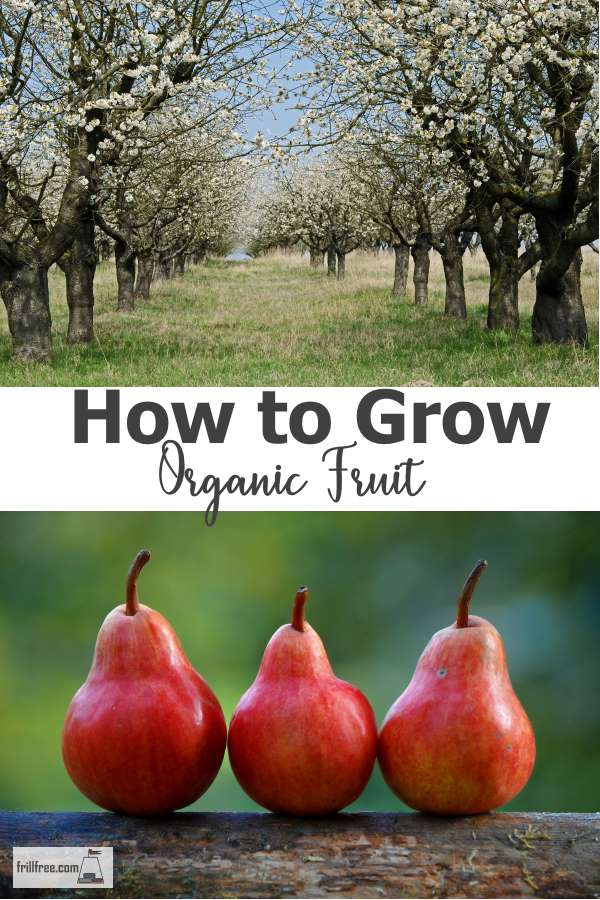- Homesteading
- How to Grow Organic Fruit
How to Grow Organic Fruit
Guidelines, Tips and Hints
Growing your own fruit is so satisfying - it's a challenging prospect, but it's so worth it - for the flavor, and also knowing that there won't be any pesticide residue, and you can eat the whole thing, peel and all.
The guidelines to follow are these; dig a $20 hole for a $5 tree. This means that if your soil is not ideal for the type of fruit tree you want to grow, make a hole a lot bigger than you think, amend the soil to make it perfect, then plant the tree.
What is 'perfect' soil?
That depends a lot on what your native soil is like. Most apple trees prefer something that's well drained and slightly on the alkaline side of pH. This means, add some Dolomite lime to the soil you add back into the hole, along with some compost. Mix this together with the native soil - don't think that you should replace the entire amount of soil with something 'good'.
The thinking here is that then the tree will have access to lots of fertilizer right away. The reality is that the roots will just wind around and around the hole, eventually strangling itself.
Ideally, the roots will start to penetrate the sides of the hole, looking for more food. This helps stabilize the trunk, preventing it from swaying with the wind, and stops it from breaking off roots.
Once your tree is planted, the care doesn't end there. For the next two to ten years of the trees life under your stewardship you'll need to water it thoroughly in extreme drought conditions, prune it to shape it, and deal with any pests that occur.
Staking may or may not be needed, depending on the size of the tree, and if you get strong winds that might push it over. If you do stake your tree, use pieces of garden hose to cushion the wire, which could strangle the trunk.
You may also want to look into whitewashing the trunk to protect the tree from early spring sun, which can increase the sap running, which then freezes at night, causing the bark to split. Some growers place a board on the south side of the tree, loosely wired in place, to protect it.
The 'organic' part of growing organic fruit is the need for mechanical or bio-friendly methods of getting rid of critters that want to eat the tree, from guards to prevent rabbits and voles from nibbling the bark off, to aphid control.
Pest Control in the Orchard
The best ways to control pests are natural ones - number one is to encourage the birds to stick around. Put a bird bath among the trees to keep birds handy, and they'll take care of lots of insects and creepy crawlies.
The use of 'tanglefoot' is an old method of killing insects crawling up from the ground.
In the old days, tar or other sticky stuff was painted around the trunk to catch them on their way from overwintering in the soil to the tops of the trees where they lay their eggs.
Keeping it fresh and sticky was a full time job - but knowing when to apply it can make it less high maintenance. They'll be doing their migration from soil to tree in the spring, just as the weather warms up, so after you prune the trees, use tanglefoot tape or other traps to capture the pests.
You can also investigate pheromone traps that will attract the adults before they mate, eliminating the whole cycle when the damage occurs.
Other ways to keep the pest population down is to allow your chickens to clean up the fallen fruit, along with any pests that they find.
Pigs were always turned out into the orchard - that's a good way to 'finish' them prior to butchering, and gives the meat a really sweet flavor. Plus the pigs get to enjoy one last party - they get drunk on the rotting and fermenting fruit!





















